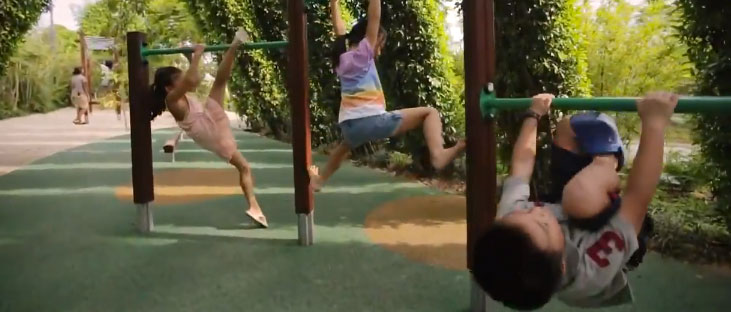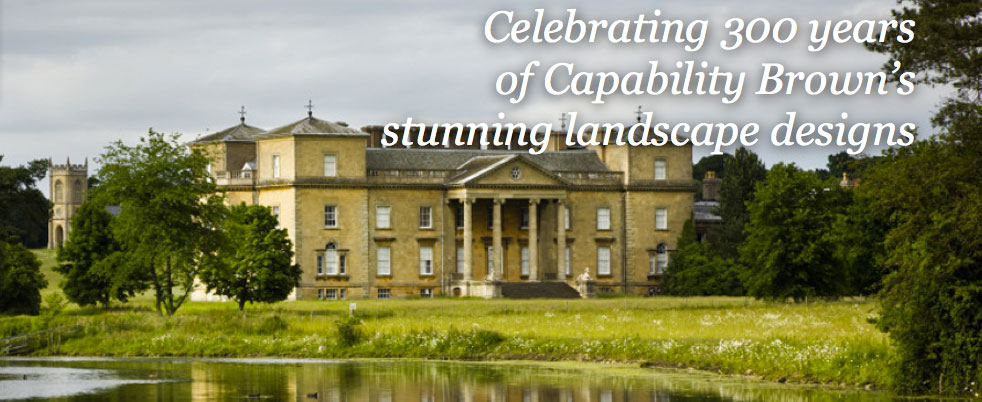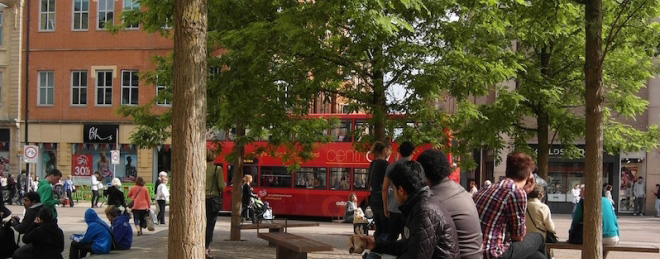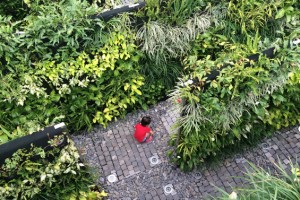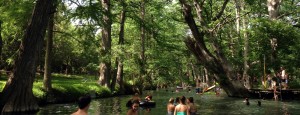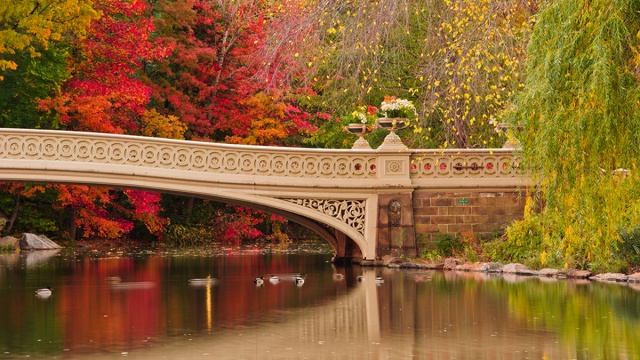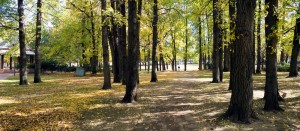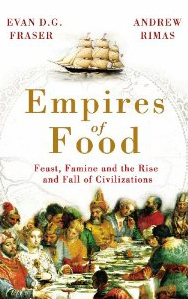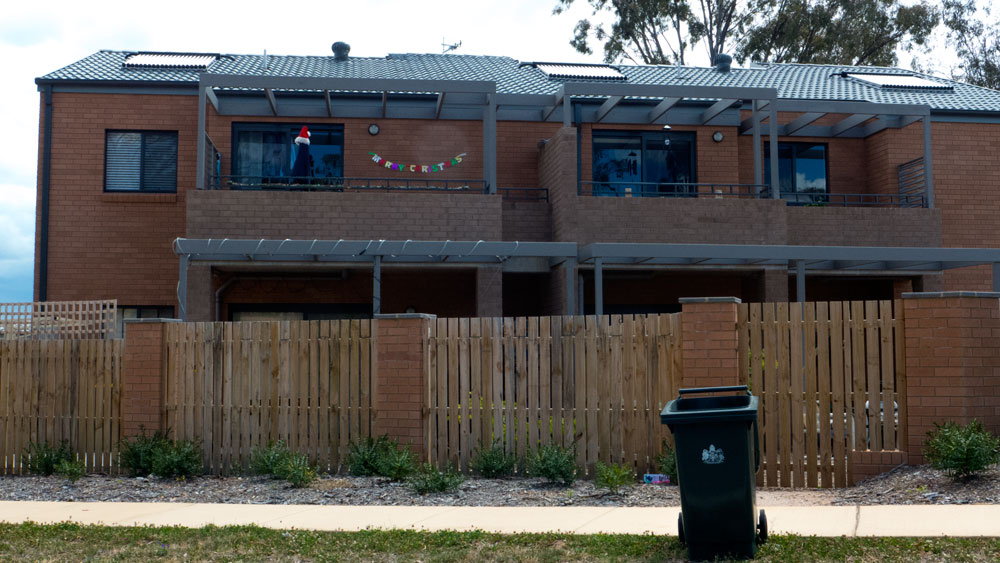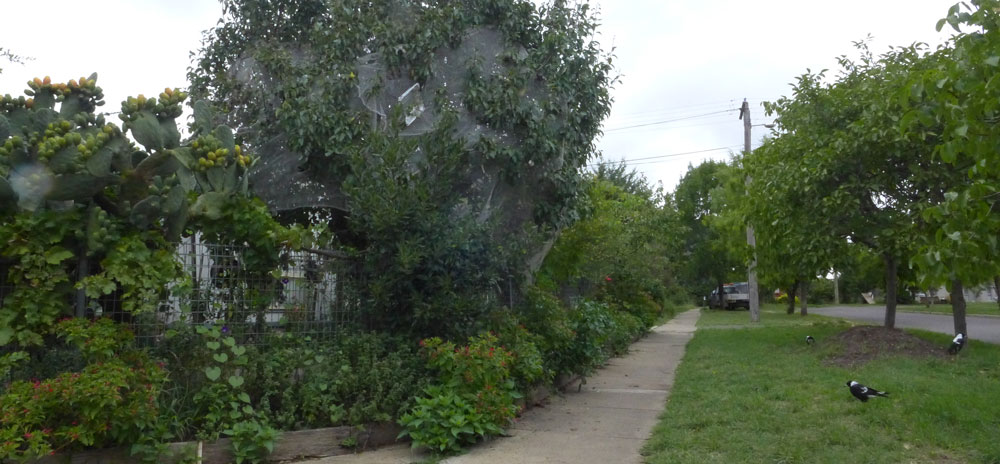Play, Recreation and Children
While sustainable settlements debates more often than not focus on such key issues as climate change, carbon, energy, green infrastructure, weather etc, emphasis must also remain on the rights of children to have access to play.
It is overdue that planning and development legislation to be inclusive of the ‘need to create time and space for children to engage in spontaneous play, recreation and creativity, and to promote societal attitudes that support and encourage such activity’ (1989 UN Convention on the Rights of the Child article 31).
The problem has been that play has been a separated issue for planning. At worst it is a token of optional matter to be addressed. The contemporary view is that whether the planning is for a street, a park, a suburb or any form of redevelopment of urban areas, play and the rights for children to have access to safe and engaging recreation must be as important as the rest of the requirements. This is rarely the case.
Continue reading Play →
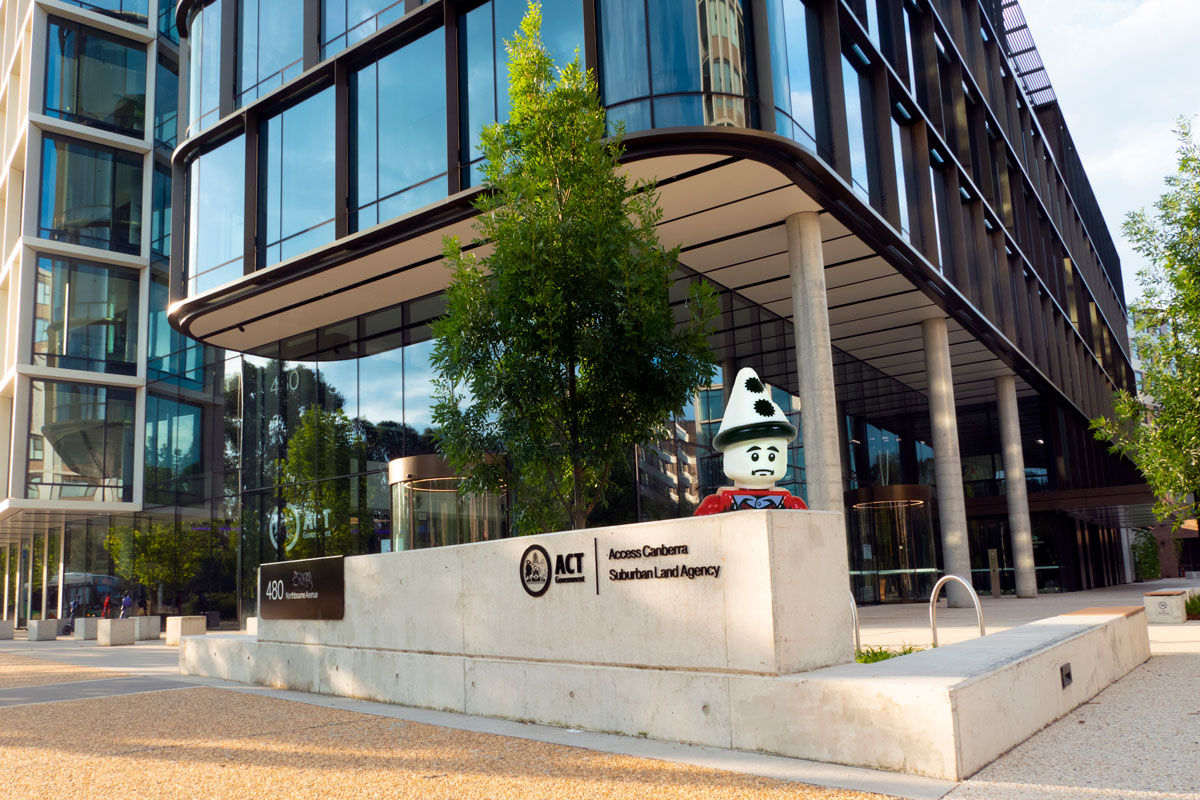
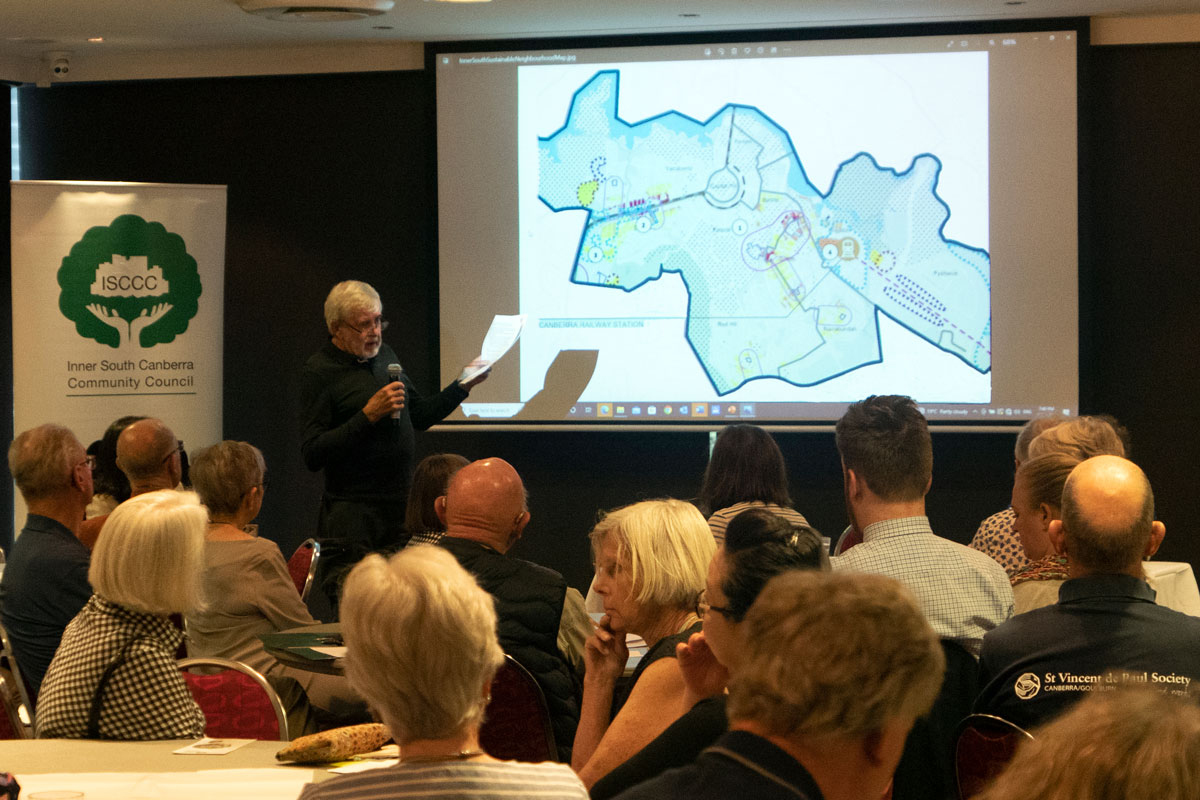
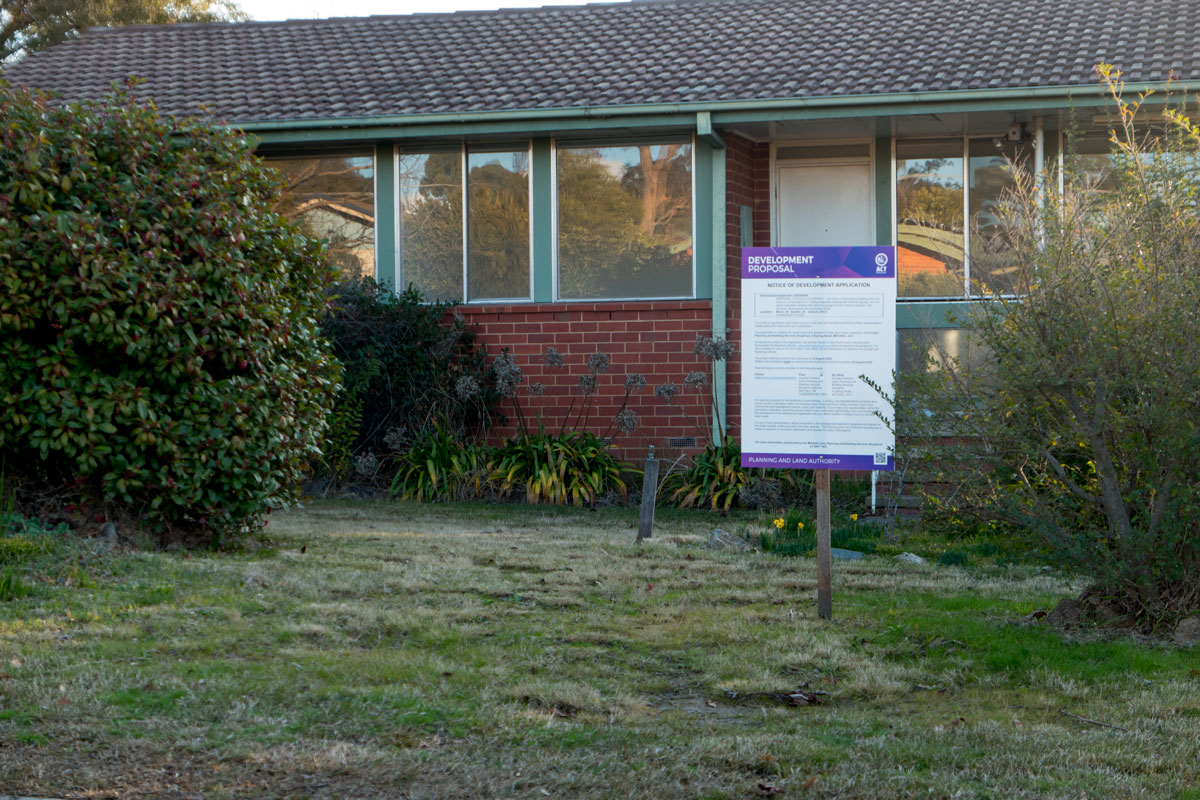
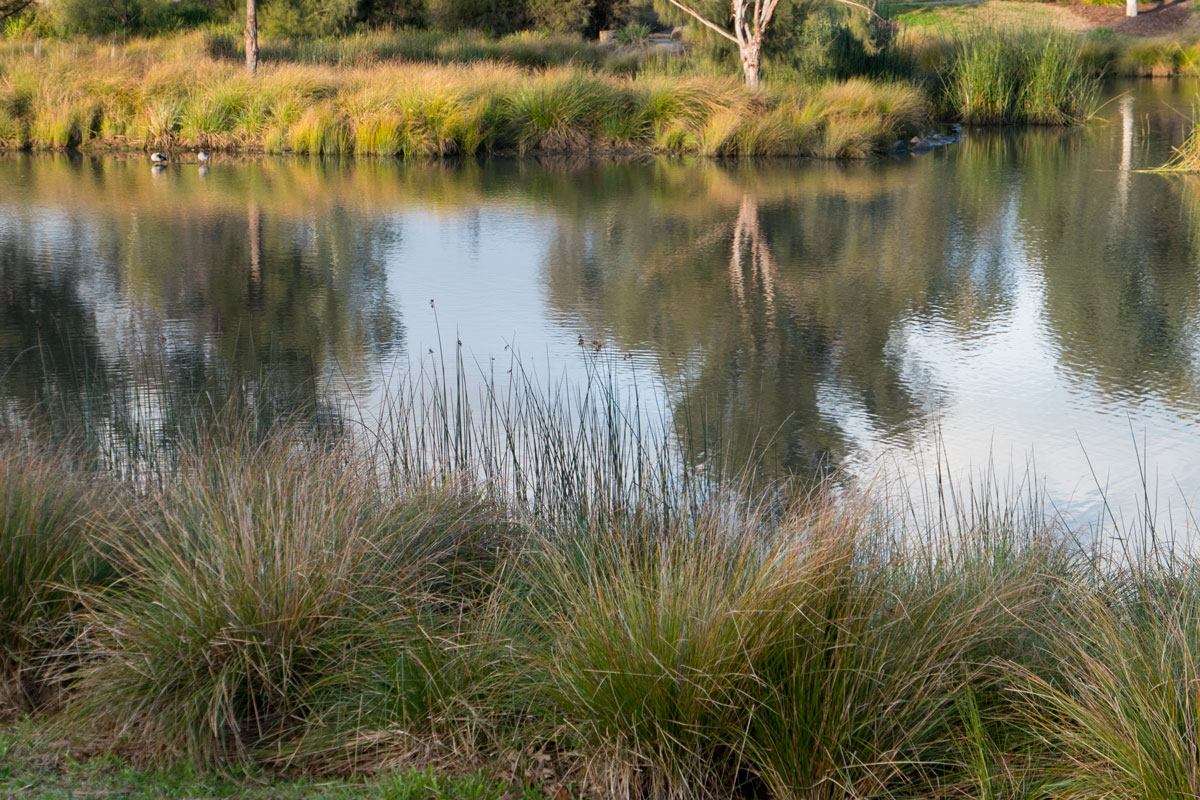
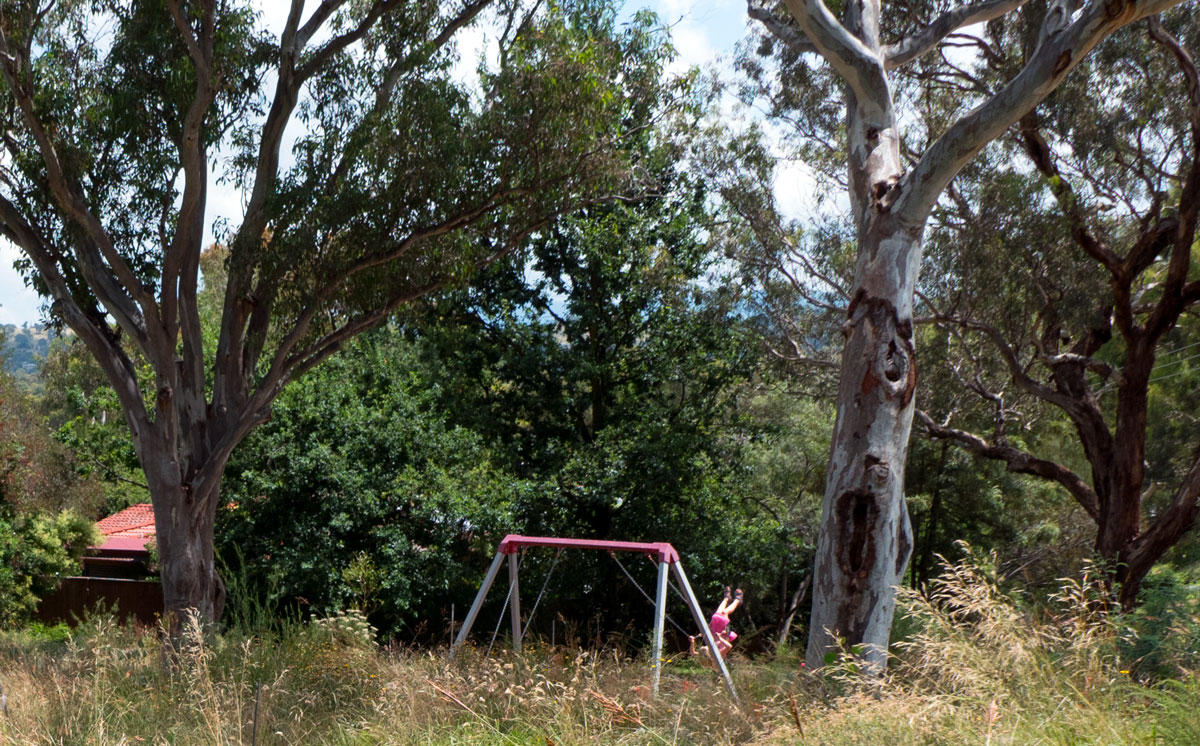 There used to be the sound of owls in the inner north of Canberra at night time. I didn’t really appreciate the beauty of their call until, one day, I realised it was no more.
There used to be the sound of owls in the inner north of Canberra at night time. I didn’t really appreciate the beauty of their call until, one day, I realised it was no more.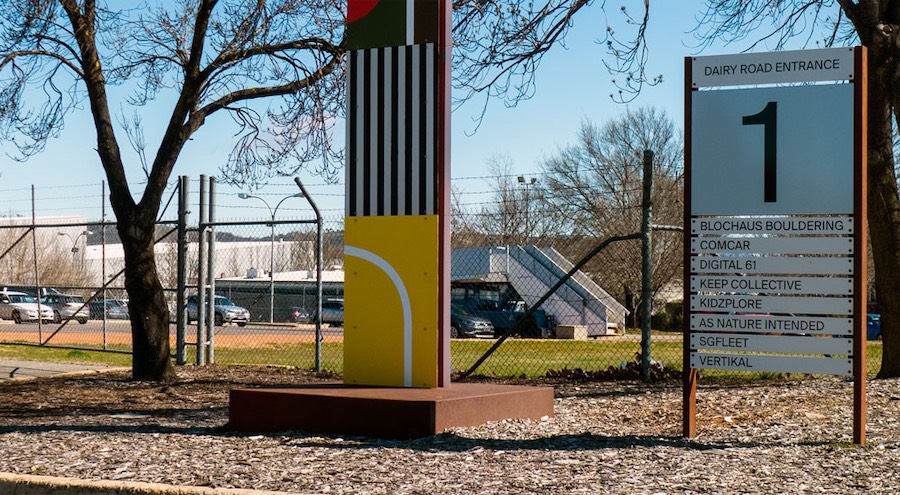
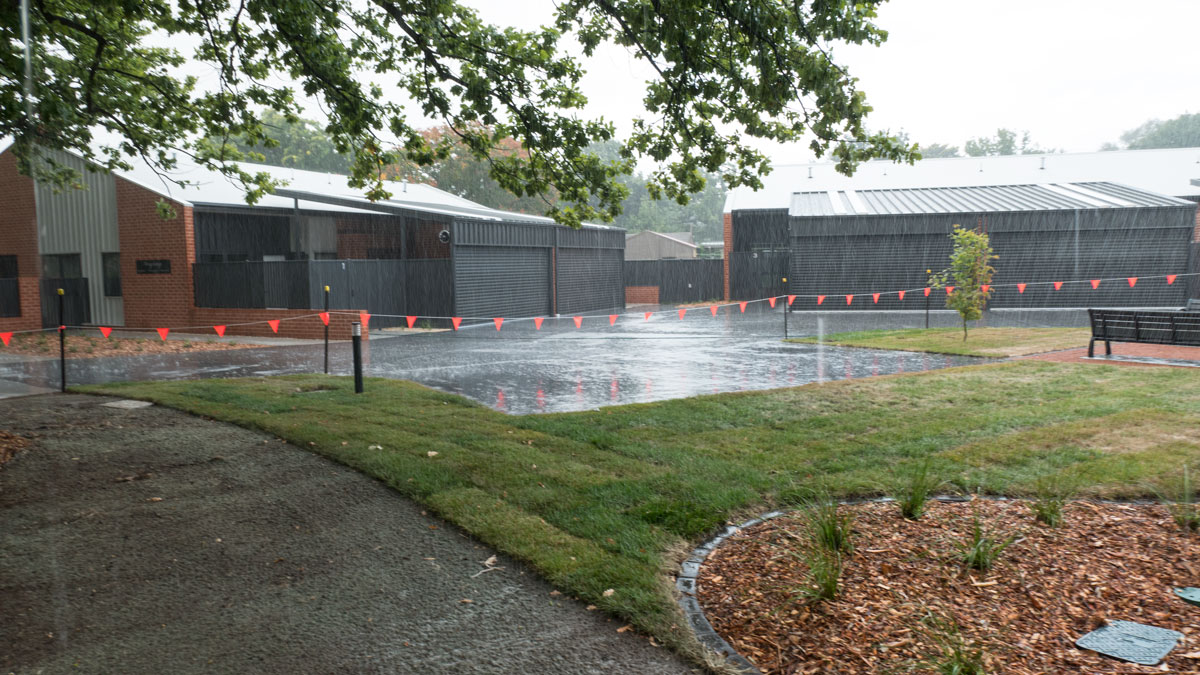
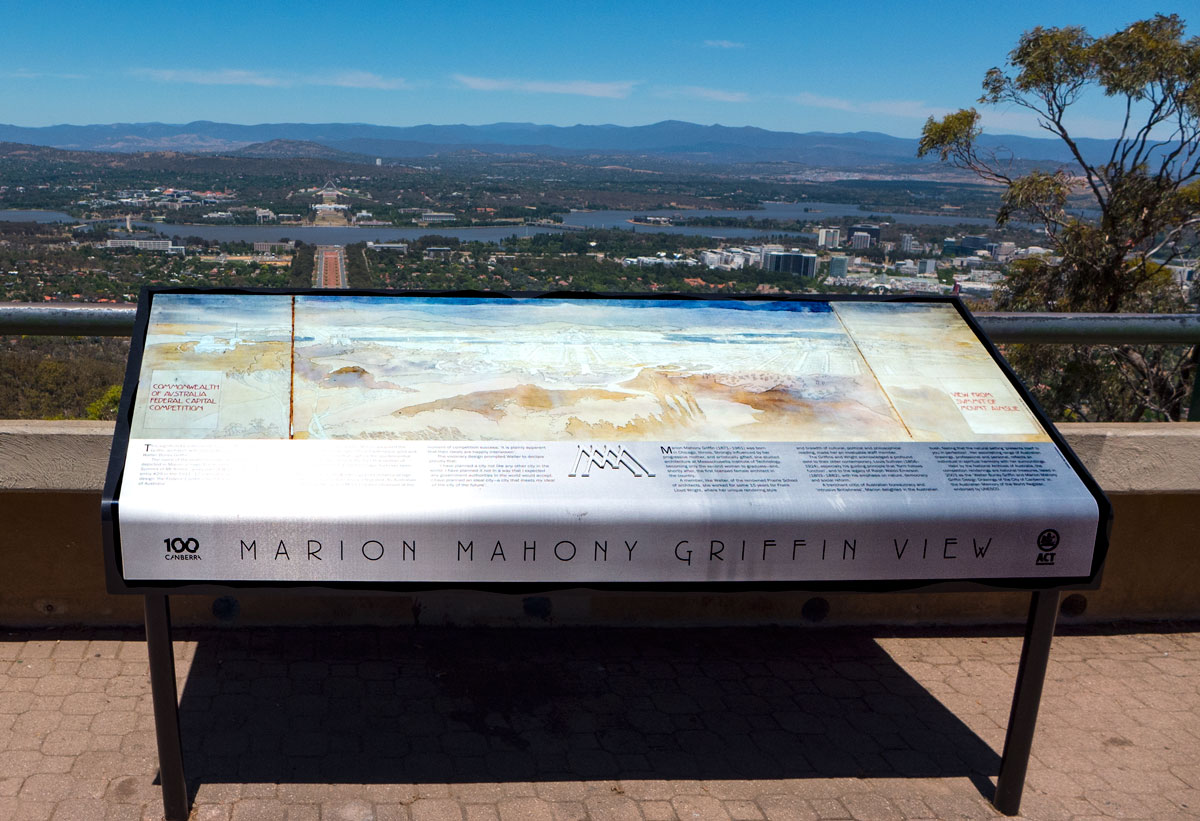
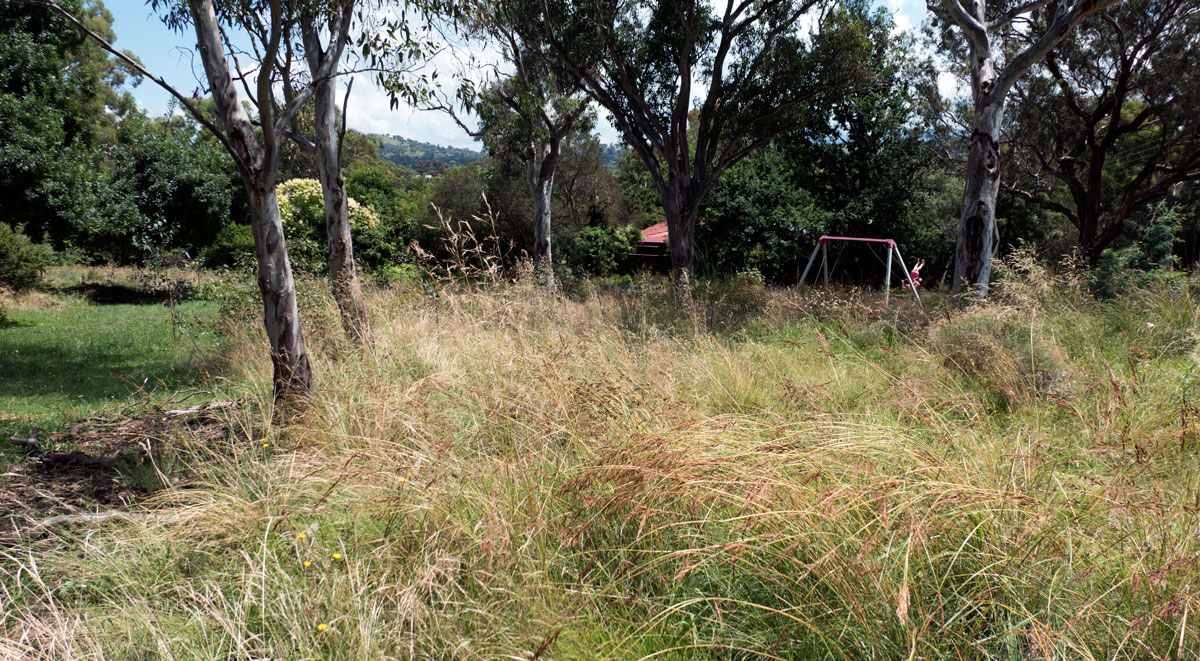
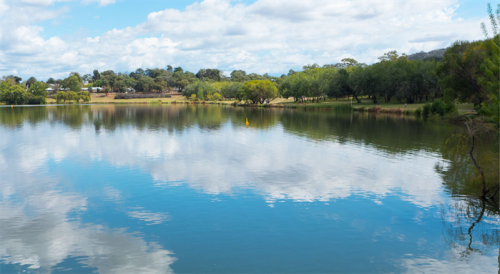
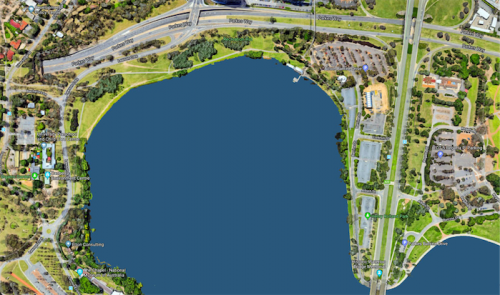
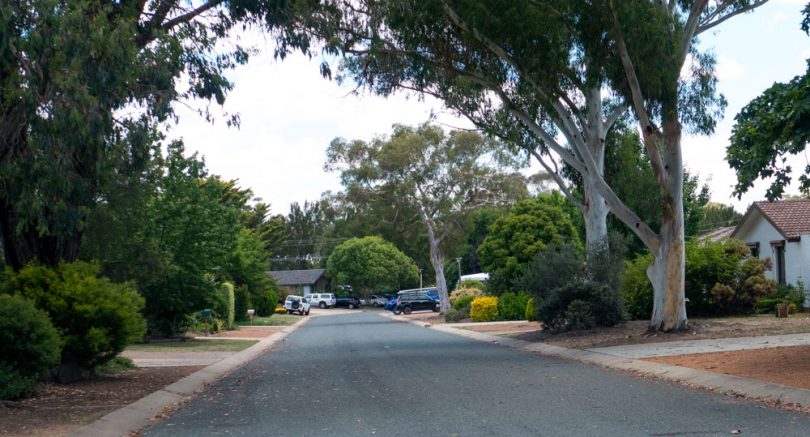
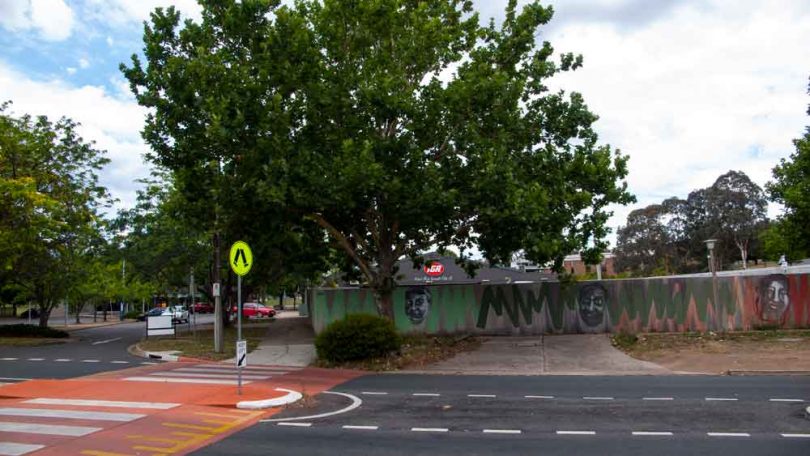
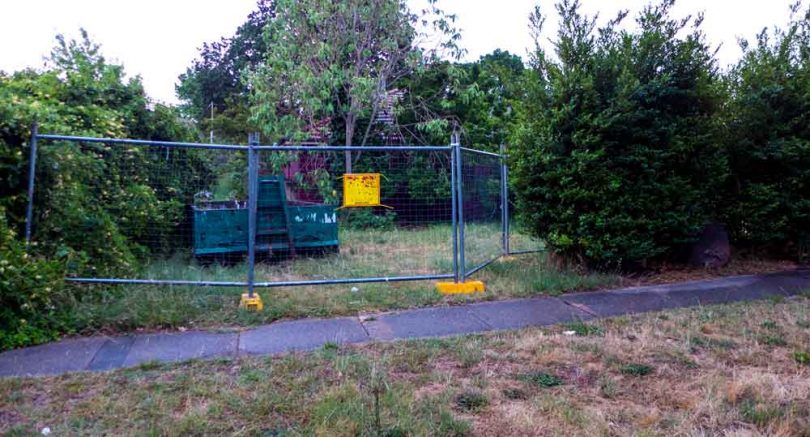
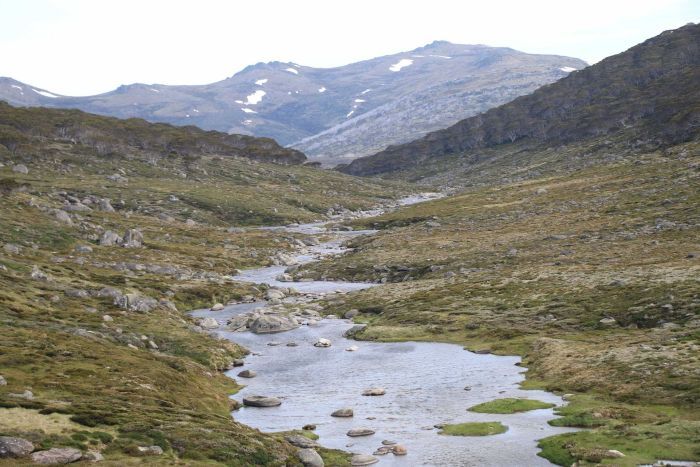
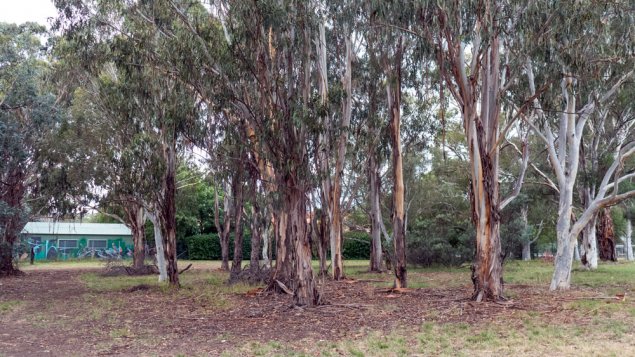



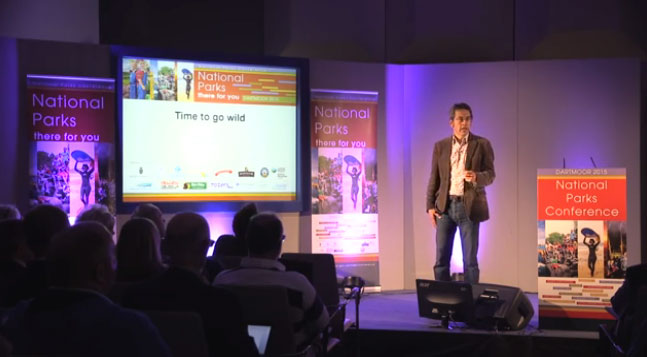 Far too many topics are not being handled honestly and openly in the public discourse.
Far too many topics are not being handled honestly and openly in the public discourse.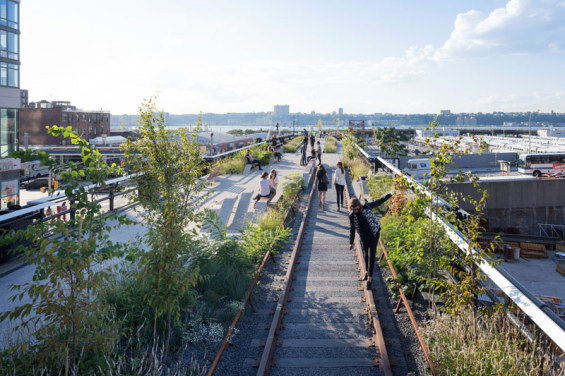
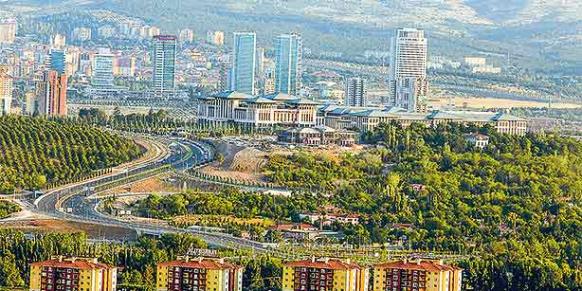
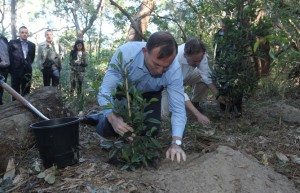
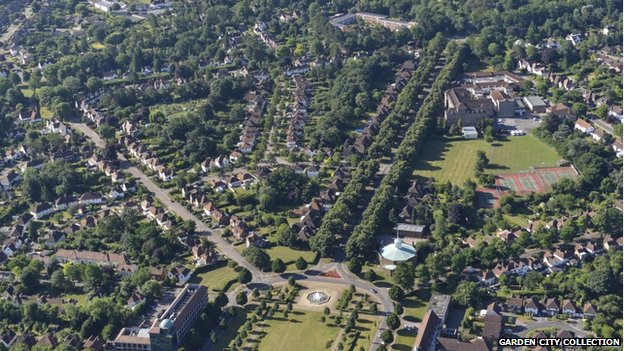

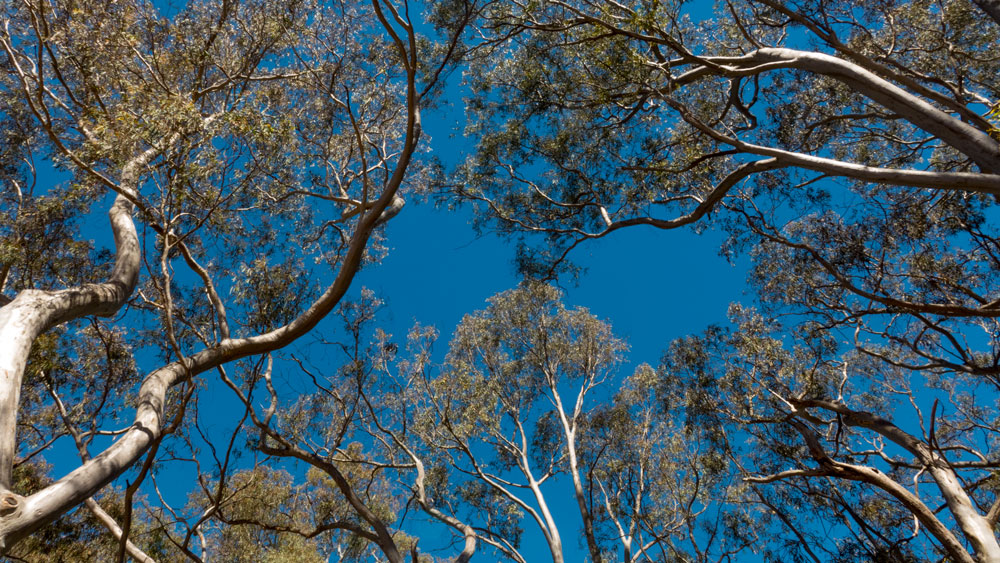
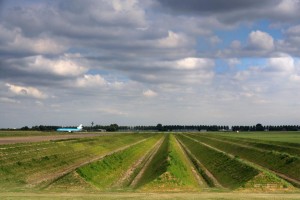 Amsterdam Airport Schiphol is located in one of the most densely populated areas of the country, and aircraft noise is a problem in the surrounding cities. Low-frequency ground noise created at take-off is especially difficult to combat because standard noise barriers are largely ineffective against it. Schiphol is implementing acoustical landscaping in the form of large ridges that dampen longer wavelengths.
Amsterdam Airport Schiphol is located in one of the most densely populated areas of the country, and aircraft noise is a problem in the surrounding cities. Low-frequency ground noise created at take-off is especially difficult to combat because standard noise barriers are largely ineffective against it. Schiphol is implementing acoustical landscaping in the form of large ridges that dampen longer wavelengths.